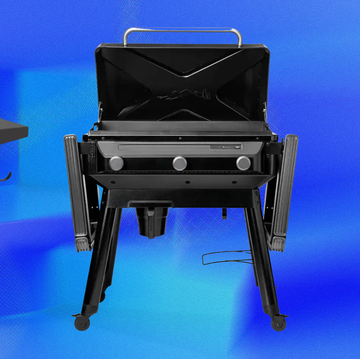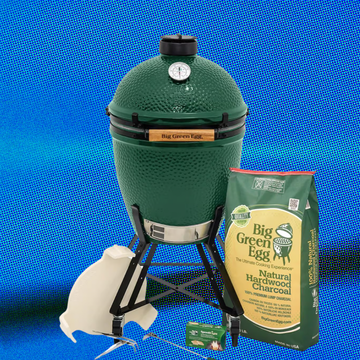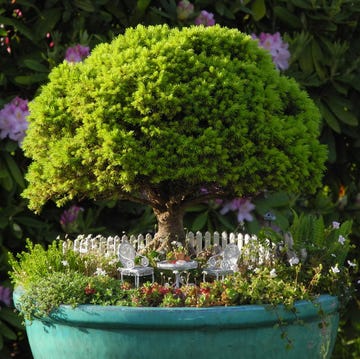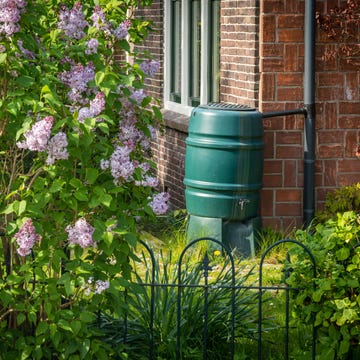11 Fast-Growing Fruit Trees That Bring Homegrown Flavor Sooner
Skip the long wait — these trees produce fruit in a few short seasons.

There's little as rewarding as eating homegrown fruit. The good news: Many varieties — like mulberry and lemon trees — don't require a large backyard to flourish. While it's true that some fruit trees can take years to produce, some offer delicious rewards within a year or two. Ranging from sweet citrus to tart berries, these fast-growing fruit trees are surprisingly easy to grow.
As a gardener who nurtured a Meyer lemon tree for several years, I can attest to the thrill of harvesting homegrown fruit in as little as a year. After three consecutive seasons of successful lemon harvests, I became curious about what other fruit trees might thrive in my small garden. So, I turned to arborist and scientist Dr. A.D. Ali from the Davey Institute to gather expert care advice and learn which fast-growing fruit trees are best for beginners.
Before you purchase a fruit tree, keep a few basics in mind that will increase your chances for a successful harvest. The first being your USDA hardiness zone. If you grow a tree that is outside your hardiness zone, make a plan to overwinter it in a protected environment. You'll also want to understand if your tree is self-pollinating or requires a partner nearby to bear fruit. And while dwarf trees can be space-saving, not all are truly container-friendly — some still want room to stretch their roots.
Debbie Wolfe is a writer, photographer, and author. She has contributed hundreds of home and garden articles and DIY tutorials to leading media outlets and retailers. Debbie covers all home and gardening topics and has published hundreds of DIY tutorials with step-by-step photography for leading home and garden media outlets.


The Best Memorial Day Patio Furniture Deals
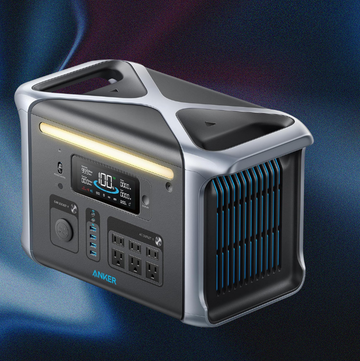
The Best Solar-Powered Generators

Shop Memorial Day Walmart Patio Furniture Sales

The Best Pressure Washers











